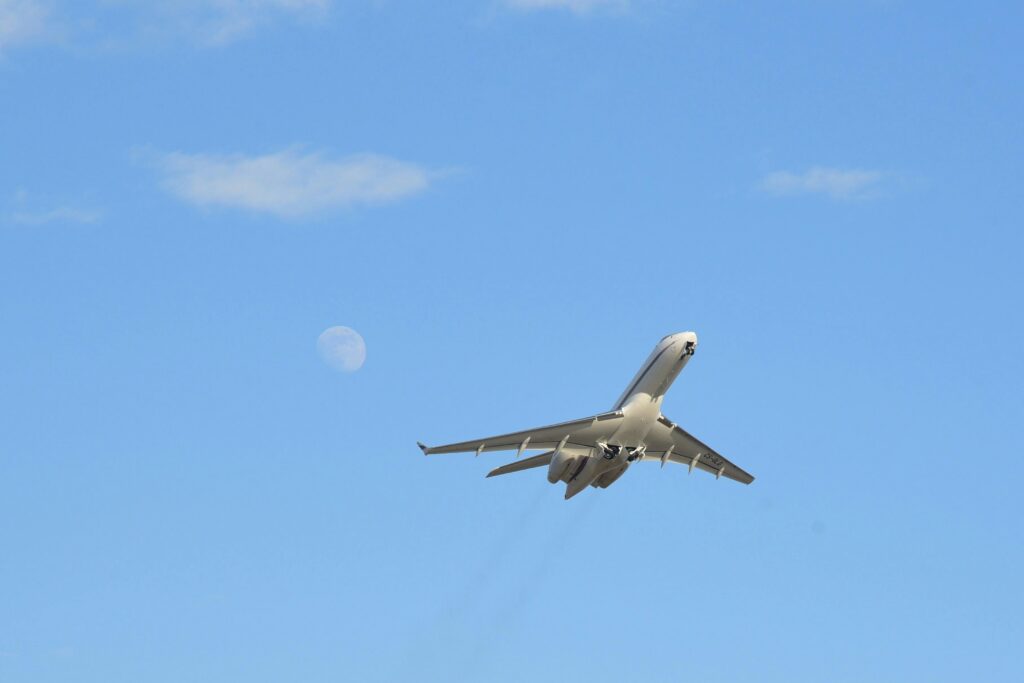Among the most amazing technological accomplishments of humanity are those in aviation. Getting a massive metal machine from ground to sky requires incredible technological intricacy. Safe and effective airplane movement is made possible by the flawless coordination of several sophisticated systems. You are about to investigate the complex technological terrain allowing modern flight.
Runway and Ground Control Technologies
Modern runways reflect quite advanced technical surroundings. Advanced surface-detecting technologies guarantee exact airplane placement and movement and are seen here. Particularly accurate specialized ground radar tracks every vehicle and aircraft. Pilots’ real-time information on runway conditions, wind patterns, and other hazards comes from electronic guidance systems. Sophisticated lighting systems produce visual signals meant to enhance safe navigation during takeoff and landing operations. Smart sensors placed all over the runway surface track pavement conditions, temperature changes, and weather effects, thereby allowing proactive repair and safety precautions. To effectively raise aircraft during regular inspections and repairs, maintenance workers also depend on specialist tools like an airplane jack. Advanced cameras and radar in automated foreign object debris (FOD) detection systems help to identify possibly dangerous objects on the runway, therefore avoiding damage to aircraft and guaranteeing operational safety.
Aircraft Control Surface Mechanisms
Aviation takeoff and landing technologies depend critically on mechanical engineering. You will learn intricate systems of hydraulics, electronics, and precision-engineered components controlling wing surfaces. Slats and flaps stretch to change wing geometry, hence maximizing lift during crucial flying periods. Advanced computer systems constantly compute and modify control surface locations. These systems guarantee that the aircraft can produce enough lift to preserve stability throughout takeoff and landing runs. To offer exact control inputs, advanced fly-by- wire systems combine several sensors and computing algorithms, so automatically correcting for changing aerodynamic circumstances and atmospheric disturbances. Built-in redundancy systems of electrohydraulic actuators guarantee dependable functioning of control surfaces even in the case of main system failures.
Advanced Navigation and Positioning Systems
Throughout takeoff and landing operations, precision navigation systems are absolutely vital. A system of satellite-based location with centimeter-level accuracy will help you. Complementing satellite technologies, inertial navigation devices provide duplicate positional information. Modern computers combine several sensor inputs to provide complete situational awareness. These technologies allow pilots to safely and with unheard-of accuracy negotiate challenging airport surroundings. Particularly important during bad weather, ground-based augmentation systems (GBAS) combine with satellite navigation to offer very accurate approach guidance. By using reference stations at airports to broadcast correction data to aircraft, real-time kinematic (RTK) positioning technology improves GPS accuracy. It provides accurate vertical and horizontal guidance during the final approach. Combining computerized terrain databases with aircraft position data, advanced terrain awareness and warning systems (TAWS) give pilots early warning of any ground proximity risks during takeoff and landing phases.
Environmental Adaptation Technologies
Aircraft have to run in several demanding surroundings. You will come across advanced technologies that allow aircraft to change with the seasons. Specialized sensors track atmospheric conditions, wind direction, and speed. Real-time advice for possible takeoff and landing alterations comes from automated systems for pilots. Modern materials and engineering solutions help airplanes to keep performance over demanding weather conditions and wide temperature variations. To ensure safe operation in cold weather, advanced de-icing systems use clever heating components and specialized coatings to stop ice development on important surfaces. By automatically computing ideal control inputs and offering improved visual assistance, crosswind landing assist technologies help pilots maintain exact control under demanding wind circumstances.
Future Technological Innovations
The aviation technology scene is always changing quickly. Future innovations should improve takeoff and landing capacity even more. Advanced materials, artificial intelligence, and autonomous systems together seem to transform airplane design and operational processes. Improved aviation safety and efficiency depend mostly on ongoing technological progress. To lower fuel use and emissions during ground operations and increase agility, electric taxiing systems run by renewable energy sources are under development. Regardless of outside vision conditions, advanced synthetic vision systems coupled with augmented reality displays will give pilots improved situational awareness during critical phases of flight.
Conclusion
Technological developments have revolutionized aircraft movement from the ground to the heavens. You have looked at the intricate systems allowing effective and safe flying conditions. Developing the next generation of breakthroughs that will influence the future of flying will depend on ongoing cooperation among engineers, scientists, and aviation industry players.
